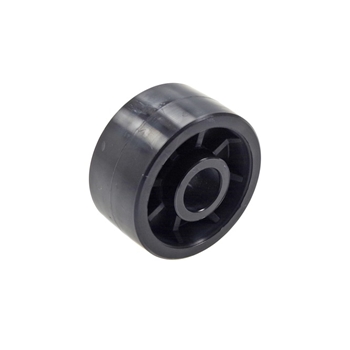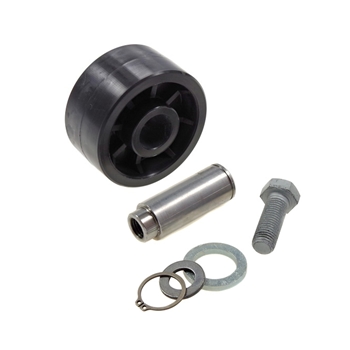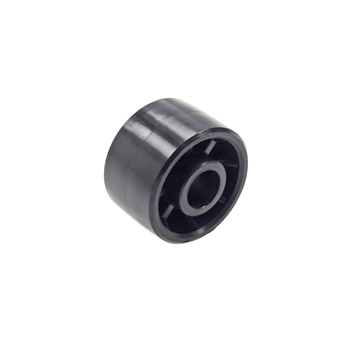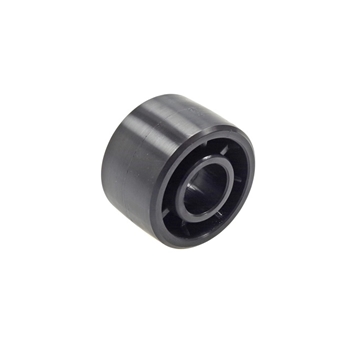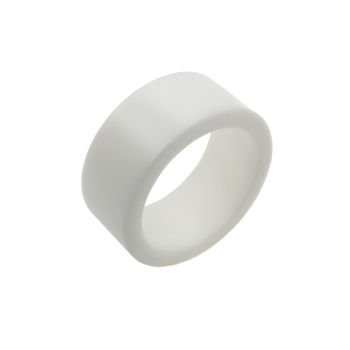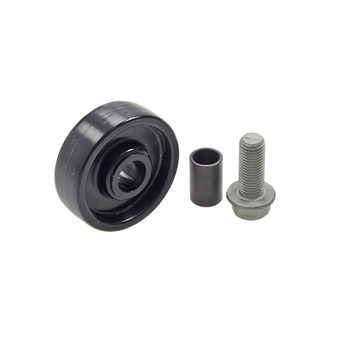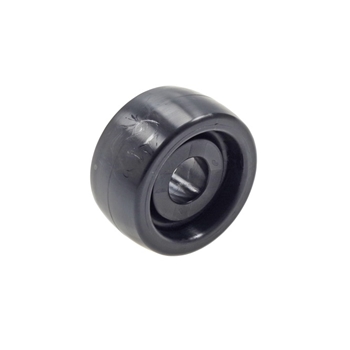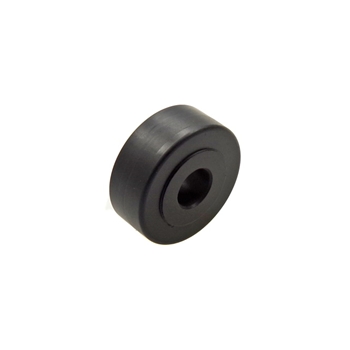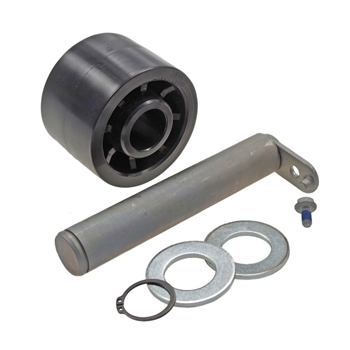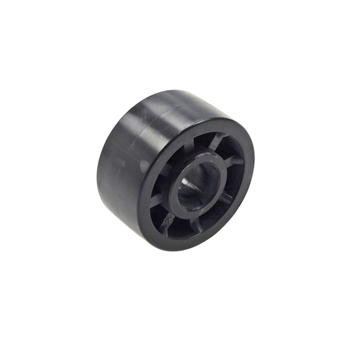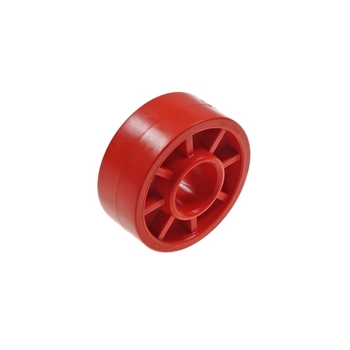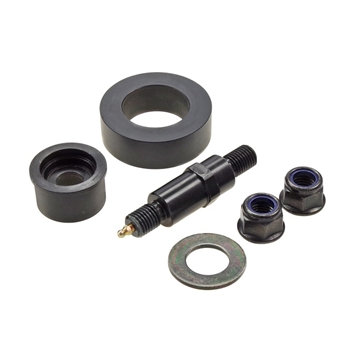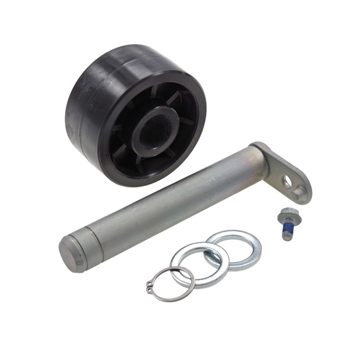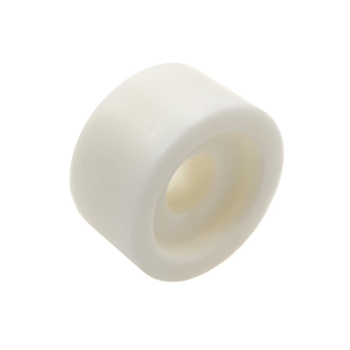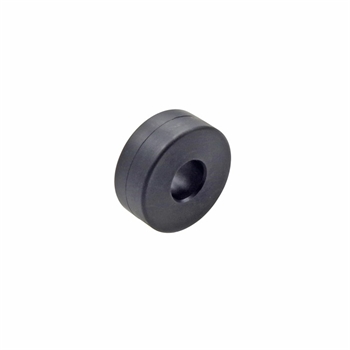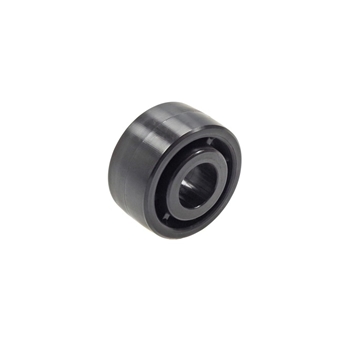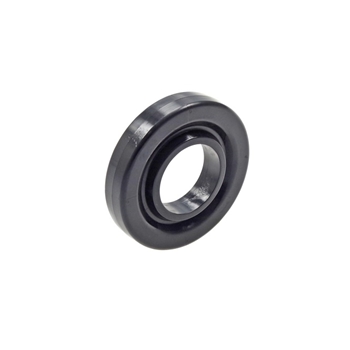Ground rollers for the tail gate – Components for controlled ground contact
Ground rollers perform a key technical function on a tail gate system. They form the first point of contact with the ground and stabilise the platform during lowering by preventing the lift frame and adjacent components from touching the surface directly. At the same time, they guide the platform into its end position and maintain a controlled movement path. At the lower contact points of a lift gate, ground rollers provide support and guidance throughout the lower motion range. In this category, you will find ground rollers engineered for the structural requirements of modern tail gate systems. SULEJ Ladebordwand relies on verified components that ensure stable platform guidance and reliable ground-contact regulation.
Function and design – Ground rollers as support and guiding elements
Ground rollers guide the platform smoothly onto the ground during lowering while compensating for minor uneven surfaces. They prevent the lift frame or adjacent structures from touching the ground and stabilise the motion in its end position. The rolling behaviour reduces point-loads on lifting arms, brackets and cylinder mountings, protecting the mechanical structure. During retraction, ground rollers ensure controlled guidance along the designated movement path and support a defined lowering and retraction sequence. At the lower sections of a lift gate, they provide essential support and guiding behaviour, especially under dynamic conditions.
Materials and designs – Technical variants for tail gate applications
Ground rollers are manufactured in various plastic designs adapted to load capacity, ground characteristics and the structural requirements of a lift gate. Polyurethane (PU) rollers offer high load capacity, smooth rolling behaviour and low noise levels. Polyamide rollers provide exceptional wear resistance and chemical stability, making them ideal for demanding applications. In some cases, rollers with rubber-coated surfaces are used to further reduce noise or protect sensitive ground surfaces.
Depending on the system layout, rollers can be supplied as complete units with an integrated axle or as single roller bodies mounted to existing brackets. Diameter, width and bearing type vary depending on the tail gate model and determine load capacity, rolling behaviour and surface interaction. At the lower contact areas of a tail lift, the same structural requirements apply. The correct selection depends on dimensional compatibility and the design specifications of the associated system.

